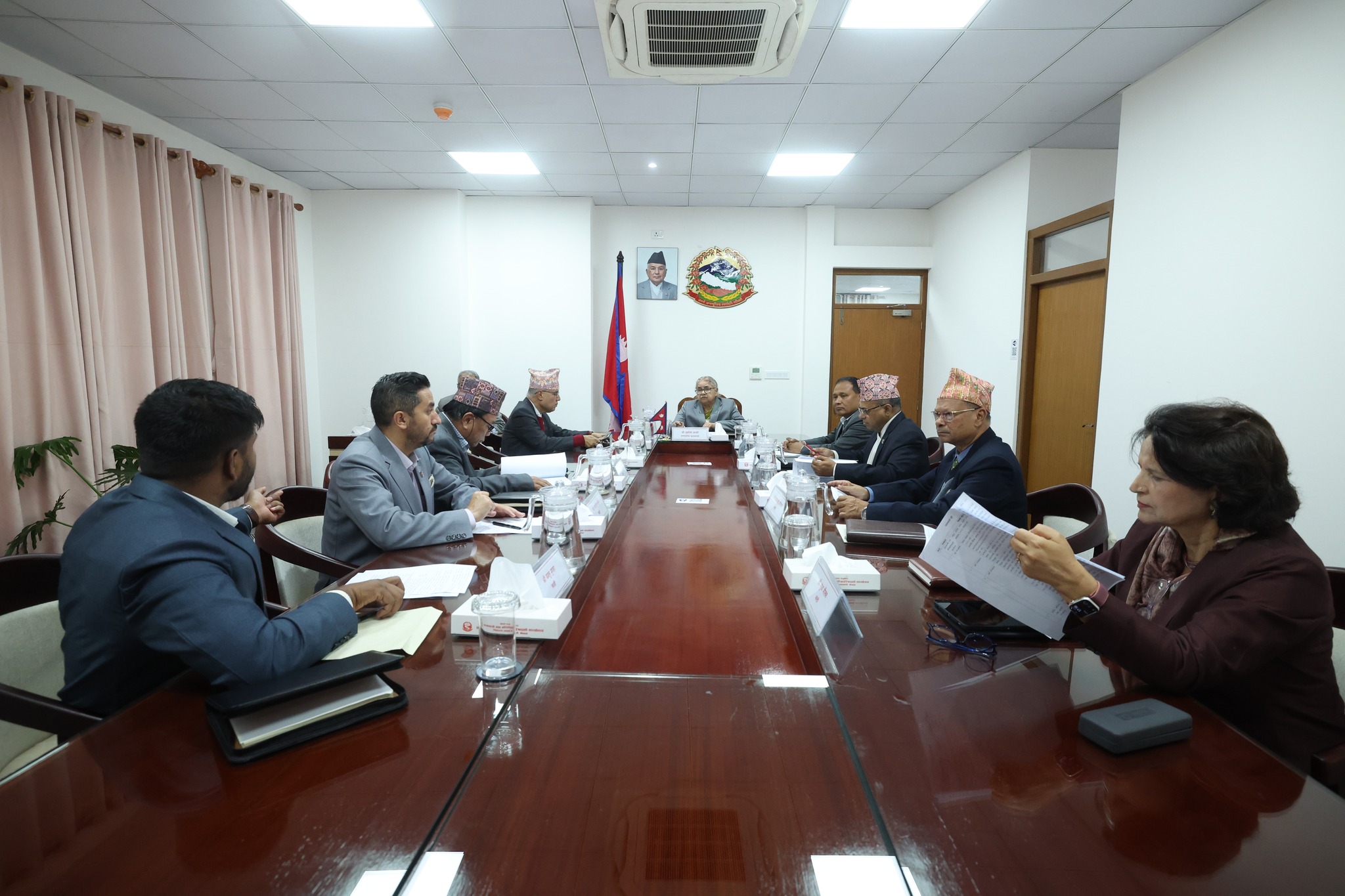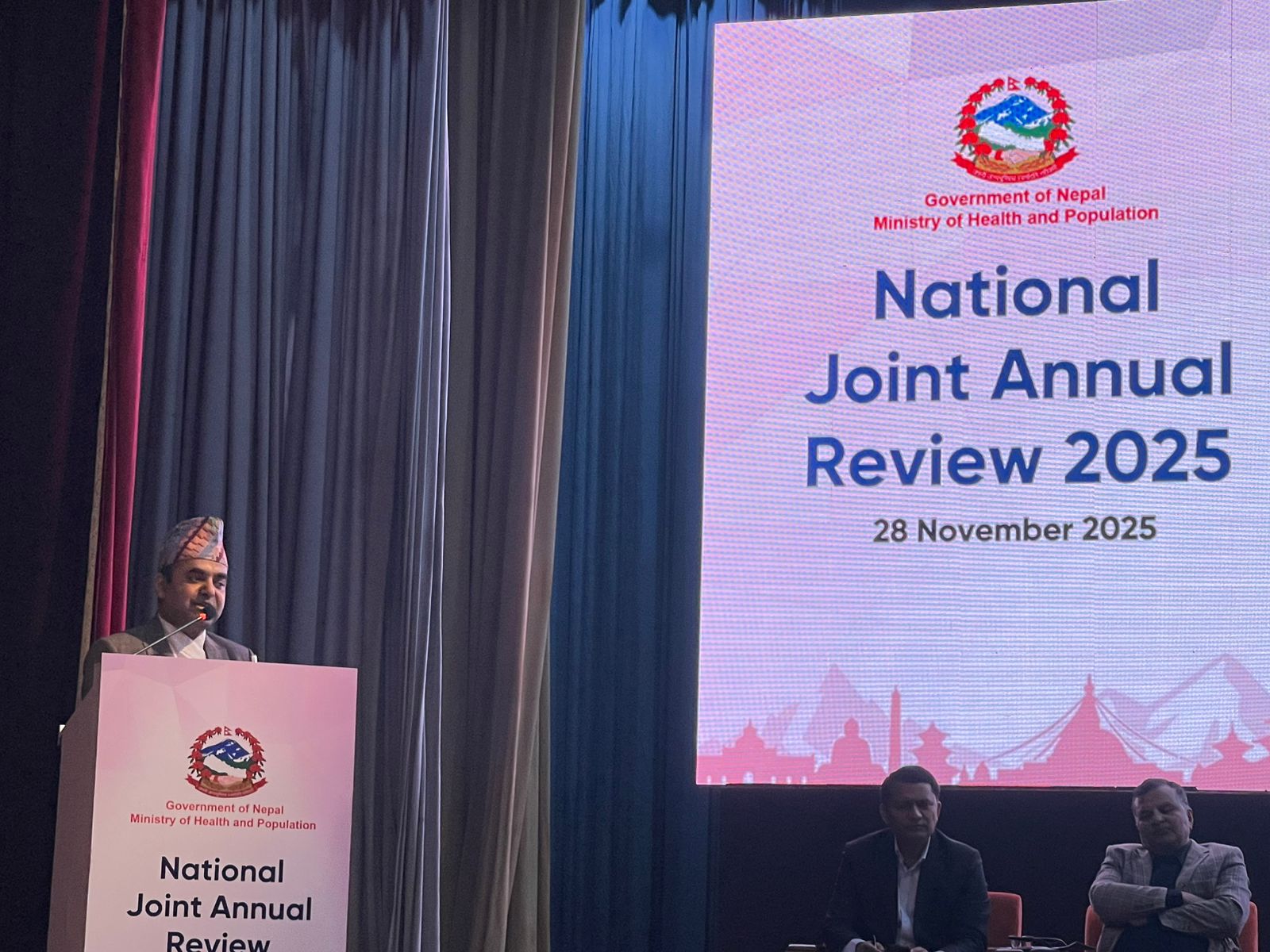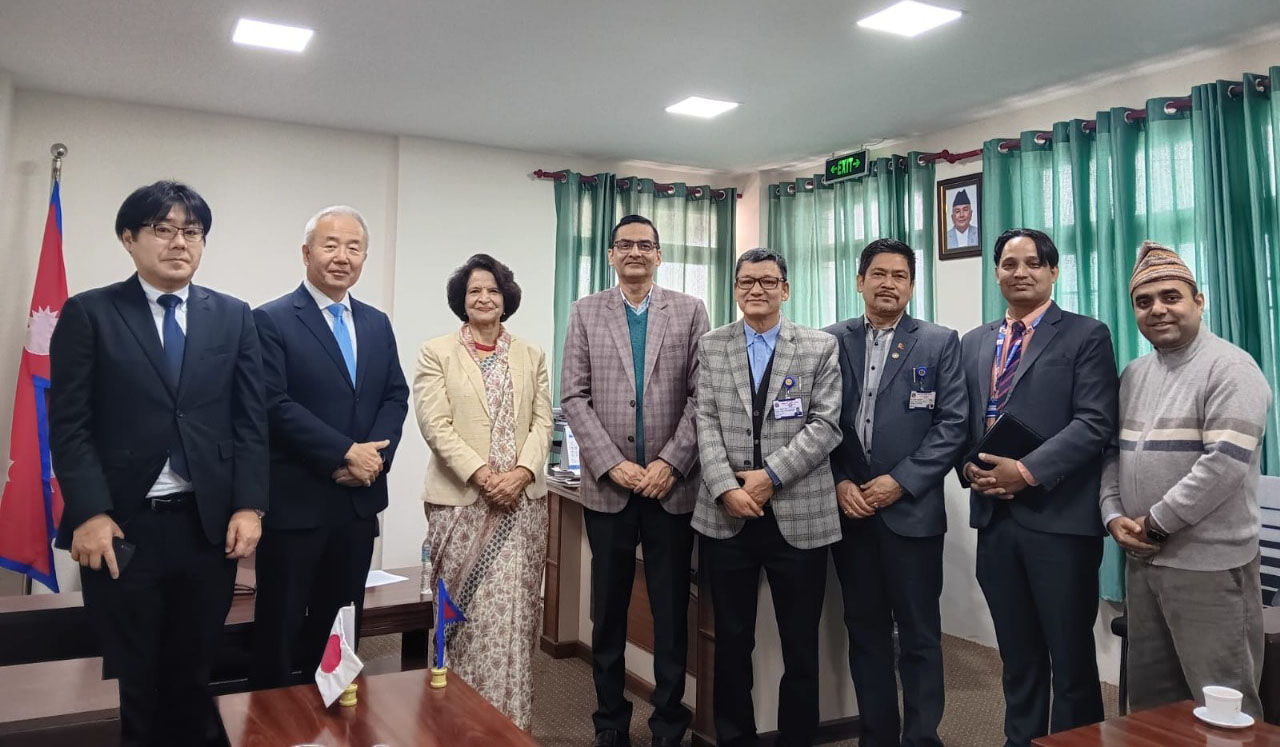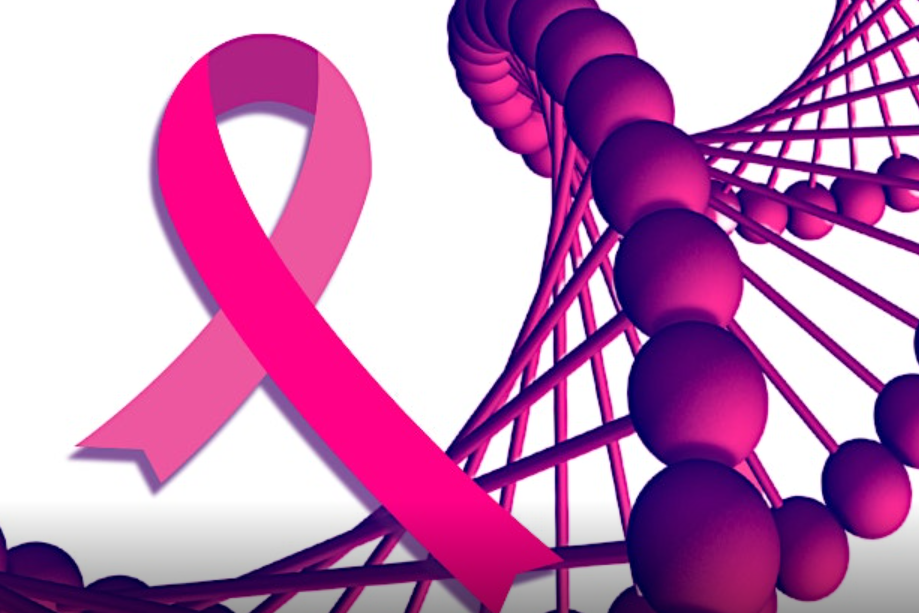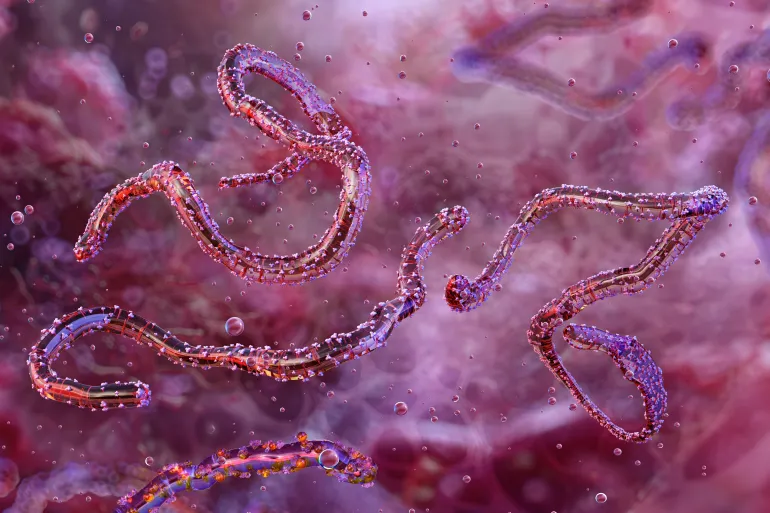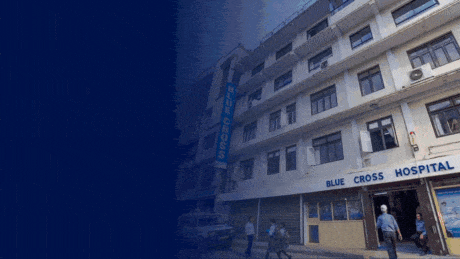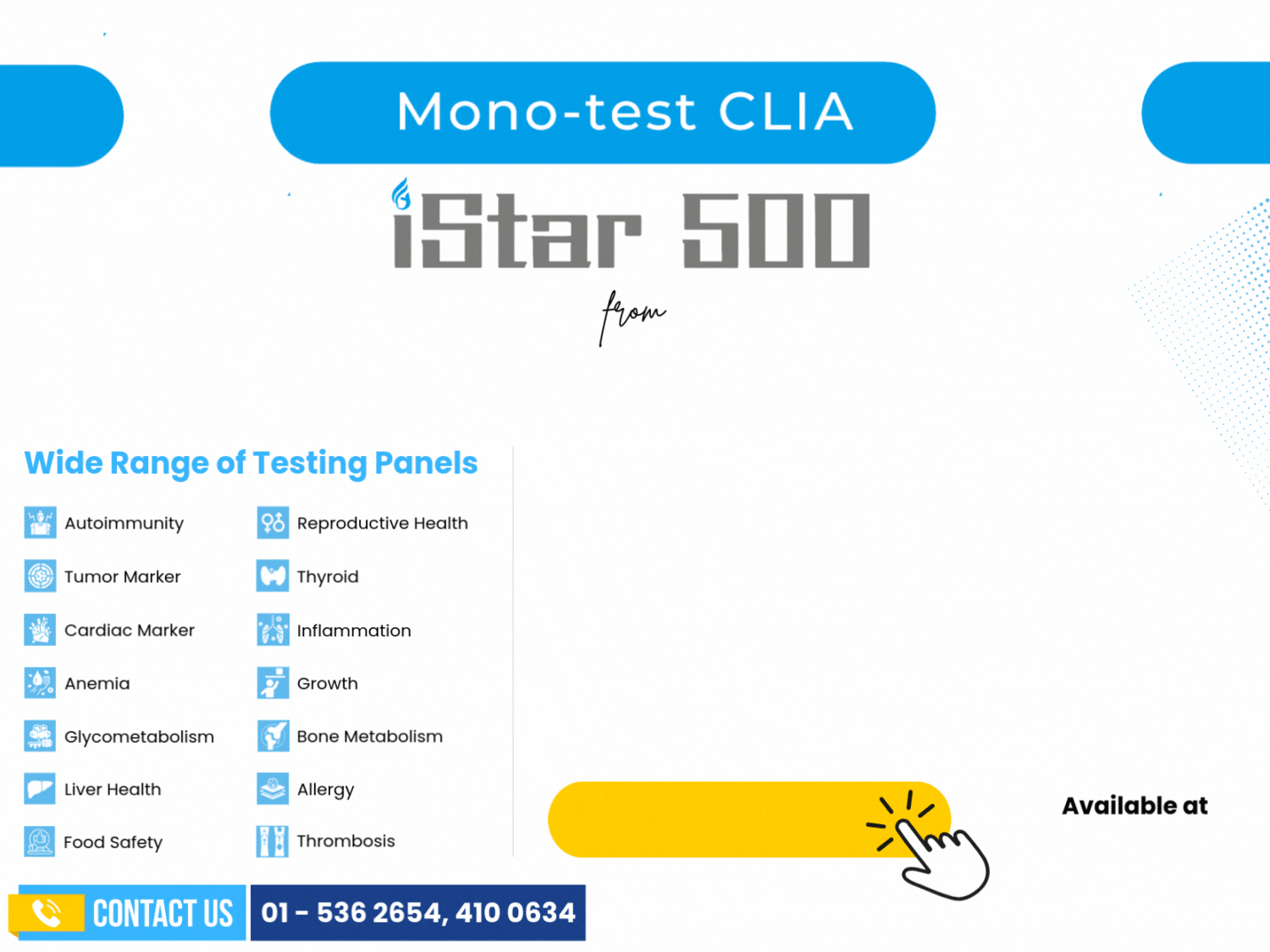
The Binaytara Foundation was established by Dr. Binay Shah and his wife, Tara Shah, with a mission to improve healthcare in resource-poor communities and advance cancer care worldwide. The foundation focuses on educating healthcare providers and community members, advocating for better access to care, and conducting research to develop innovative programs and services that promote equitable healthcare access. Today, the Binaytara Foundation is one of the largest providers of continuing medical education for oncologists and hematologists in the United States, organizing around 60 conferences annually. Among these, they host an annual conference in Janakpur, Nepal.
At this event, Romika Neupane had the opportunity to interview Dr. Mark Pegram, a breast cancer specialist at Stanford Medicine and a board member of the Binaytara Foundation, to gain valuable insights into cancer.
How would you like people to recognize you and your work?
Well, that’s an interesting question. It’s not about me. I don’t need any recognition. I’m just working to try to make the lives of cancer patients better through research, through clinical practice, and through participation in foundations like the Binaytara Foundation, which is a philanthropic nonprofit effort designed to reduce disparities amongst cancer patients worldwide. Therefore, I don’t need any recognition or any kind of acknowledgement. I am just happy to have the opportunity to participate in these types of activities for the betterment of patients with cancer around the world.
So I spent much of my career dedicated to targeting just one specific gene in cancer called the human Epidermal growth factor receptor number two, or HER2 for short, and a lot easier to remember. This gene was discovered first in the mid-1980s and then it was used as a probe to interrogate various types of human cancers in the laboratory in Dr. Dennis Slamon’s laboratory at UCLA, and I was privileged to be a fellow in Dr. Slamon’s lab during my training. Dr. Slamon discovered that the HER2 gene that encodes this so-called proto-oncogene can be amplified in many different tumor types.
For example, in breast cancer, 20 to 25% of all breast cancer patients have gene amplification. In other words, instead of having just two copies of the gene—one inherited from your mother, one inherited from your father—a patient’s tumor can have 10 or 20 or 50 copies of the gene, which results in overexpression of this proto-oncogene. And this gene and its protein product are a driver for rapid cell growth, rapid cancer spread to other parts of the body, and a poor clinical prognosis including high mortality rates.
And consequently, we developed a number of different therapeutic drugs that target the proto-oncogene product that have basically turned a negative into a positive. Now HER2 positive breast cancer is one of the most favorable outcomes with the best results because of the new drugs that we developed that can overcome the problem of this gene that drives growth and spread of cancers. We can eliminate that with a number of different new drugs.
So, it takes many years. I’ve been at this for 30 years, and every few years we come up with a new approach, and in the past five years we’ve had several brand new approaches to target this gene and they’ve been highly successful resulting in new FDA approvals in the US for new therapeutic drugs. So, it’s been very gratifying and very beneficial to patients. It’s improved outcomes including overall survival in many of the clinical trials, and so more to come. There will be new strategies in the future, some of which we’re working on right now in the lab and in the clinic to try to make things even better in the next generation of new therapeutics.
You’ve already visited Nepal twice. What motivated you to return, and what is the main reason for your visits to Nepal?
It is my second time in Nepal and I am very happy to be back. It seems like a lot has changed already just in two years since my last trip, but it’s very exciting to be here. This time I had the opportunity to go up into the mountains and hike a little bit on some of the trails and see some of the natural beauty that’s here in Nepal. And as always, it’s been a pleasure to interact with all of the local people here in Nepal. Everyone’s been so kind and so nice to me, so welcoming, so hospitable. I hope to return the favor. If any of you ever come to California, I hope to return the favor for any of the Nepalese that I’ve met. I’d be more than happy to show them around my neighborhood, south of San Francisco if the opportunity arises.
The main reason is because of the Binaytara Foundation, which I’m privileged to be on the board of — that private philanthropic foundation. And consequently, the mission of that foundation is to overcome disparities in cancer treatment around the world, and Nepal is a good example. Of course, we have our own disparities in cancer treatment in the US. For example, where I live near San Francisco, if you go to the south section of Oakland, California, in southern Alameda County, the population there does not have resources or access to the best medical care, including cancer screening, cancer prevention, and cancer treatments.
Consequently, their cancer mortality rates are probably the same as any other country in the world that has disparities in cancer treatment and outcomes. So this is not unusual. Let’s say Nepal or India or other countries—we see it in our own country as well. But here in Nepal, in the state that we’re in, Janakpur, it’s the largest state in Nepal with over six or seven million people, I believe, and there are no medical oncologists in the entire state. And that’s impossible to imagine in any country.
Consequently, that should be a fairly easy problem to overcome. In order to do that, we’ve done a lot of studies here locally to try to find out what would be a game changer in this state in Nepal. And the idea is to build a new hospital, because with that kind of infrastructure, with state-of-the-art technologies like electronic medical records, state-of-the-art imaging techniques like CT and MRI imaging, PET scanning perhaps in the future, radiation therapy capabilities, surgical operating rooms, etc.—with all those basic infrastructure needs met in a new hospital—that will attract many new physicians to this area in order to practice oncology at all levels in many different areas of cancer treatment, not just medical oncology, but also surgery, radiology, imaging, screening.
We want to have the facilities available to attract the best talent in Nepal and from other countries as well to come and practice here. And that way, we can erase some of the current disparities and cancer outcomes right here in Nepal. And we have strong support from philanthropic donors who have been very generous to provide support to the foundation. We’ve had close discussions with state and federal funding agencies here in Nepal and even in India.
We met with the Indian ambassador two days ago, and it looks like since we have close proximity to India here in this state, there is enthusiasm to try to support the foundation’s efforts to build a new hospital. Because not only Nepalese would be able to take advantage of this opportunity for better cancer screening, early detection, and treatment, but also people from across the border could make use of the same facility. And I’m sure there’s opportunity for training programs as well, for medical students, residents, fellows who are in training who are interested in cancer medicine and could come from multiple countries in order to get their training at a new state-of-the-art hospital such as the one that we envision.
How did you first get involved with the Binaytara Foundation (BTF)? What are your thoughts on the cancer care initiatives taken by BTF in Nepal?
I first met Dr. Binay Shah at a conference in Idaho, in Coeur d’Alene, Idaho. Dr. Shah was practicing oncology in Idaho years ago and he decided he would have a medical education conference right there in Idaho for the local oncologists who may not have the opportunity to travel to the larger national or international meetings that are held annually in the US. Some practitioners are just simply too busy to be able to leave their practice to go to Chicago to attend the American Society of Clinical Oncology meeting, for example—they can’t take a whole week off to attend that meeting. So Dr. Shah had the vision to bring the education to them instead of having them travel around the country or around the world to seek such education.
That conference became very successful, and I was fortunate to be invited to give lectures at that symposium multiple years. Over the years, I learned about the foundation, learned about its mission, and wanted to become involved. So I asked Dr. Shah what would be the best way for me to try to make a contribution. Obviously, I made donations in the form of monetary support to help the foundation, but more importantly, I think, is being able to donate time. Consequently, I became a member of the board just a few years ago, and that’s been very productive.
I participate in the weekly tumor board conferences right here in Nepal virtually on Sunday mornings at 8:00. I can log into Zoom and see the cases that are being discussed, that were seen that week right here in Janakpur, and offer help and suggestions—maybe a literature search. There are multiple doctors from the US on the same call from different disciplines. They have different areas of expertise—maybe surgery, maybe radiation therapy, and medical oncology such as myself. So we can give a comprehensive set of recommendations for the best treatment available here in Nepal for the patients right here in Janakpur.
For example, we just saw one of the tumor board patients whom I had seen online just a few weeks ago. I had the opportunity to meet that patient here in Janakpur just yesterday and get an update on her progress and her condition. I made some suggestions again that the doctors put in the medical record to try to help her progress even more, after I learned the update, and we made some adjustments in her treatment just yesterday. It was very convenient because I happened to be here. It’s so nice to meet people in person instead of little images on a laptop screen or a computer. It’s much better to be here firsthand.
So being able to donate time like that for me is very rewarding because you can see that it has immediate impact and hopefully will make the lives of patients better quickly.
Cancer treatment in Nepal is still facing many challenges. In your opinion, what key steps should be taken to improve the effectiveness of cancer treatment here?
Actually, I would say that it’s probably not true that cancer treatments in Nepal are not as effective as they can be. It’s perhaps ironic that some of the simplest diagnoses and treatments for cancer are still the best.
If you have a diagnostic pathologist who can make the diagnosis of which cancer a patient has, and if you have a good surgeon who can operate on such tumors, sometimes surgery alone is curative if you catch cancers early enough. Moreover, there are simple adjuvant post-operative treatments that you can also use that are available in Nepal. For example, most breast cancers express estrogen receptor—70% of breast cancers have that drug target. There’s an inexpensive generic drug that’s been available since the 1970s called tamoxifen. It’s cheap, it’s easy to take, it’s very well tolerated, has some side effects but they’re usually easy to overcome. Most patients can take the drug for five years or even ten. It’s one pill a day, and that reduces the risk of breast cancer recurrence dramatically in randomized phase three trials and improves overall survival of breast cancer. That’s available today in Nepal.
You don’t need the latest, most expensive, high-tech new drugs. You don’t necessarily have to have that in order to have a big impact, compared to what the current state is where we don’t have access to even simple things in this jurisdiction. So I think small steps can have big impacts. I could go right down the list of the most common cancers and tell you the same story with treatments and medications that are currently available but we currently aren’t using, and that we should be. It should be simple to integrate those into current clinical practice. But it’s just that we don’t have doctors who are experts in cancer medicine locally in order to take advantage of the simple tools that we have that are highly impactful.
You’ve conducted research on breast cancer, which is among the top five most common cancers in Nepal. Could you please share some key findings from your study, including the major predisposing factors?
Breast cancer is often hormone-driven. Excess estrogen, in particular, is a well-known factor that promotes the emergence of breast cancer. For example, women who start having their menstrual cycles at a very young age have a higher risk of breast cancer because they experience monthly cycles of estrogen and progesterone secretion with each period. Similarly, late menopause increases risk, and having children at a younger age is protective because it lowers the total number of menstrual cycles a woman experiences. Breastfeeding also lowers risk because during breastfeeding, women typically do not have monthly cycles or hormone fluctuations.
Exogenous hormone use is another factor. In the US, for many years, millions of women were prescribed hormones like Premarin and Provera to alleviate menopause symptoms. However, randomized phase three trials showed that these drugs increased breast cancer risk. As a result, millions of women stopped using them, and breast cancer incidence for hormone receptor-positive cancers dropped over the following years. This was published in the New England Journal of Medicine.
Other risk factors include alcohol consumption, which has a measurable but relatively small impact on breast cancer risk, and obesity, which is a strong risk factor. Therefore, diet and exercise play important roles in prevention, as exercise is protective by helping maintain a healthy weight.
Radiation exposure is also a risk factor. Everyone is exposed to background cosmic and environmental radiation, but medical radiation, such as treatment for thyroid cancer or Hodgkin’s lymphoma involving the chest, can increase breast cancer risk. Patients with a history of chest radiation need careful screening for breast cancer to detect it early if it occurs.
Screening is critical for the early detection of breast cancer. When caught early, breast cancer can often be cured. If it’s detected late, after it has spread throughout the body, it may no longer be curable, though still treatable. Simple self-examination techniques, such as checking breasts once a month in the shower or in front of a mirror, can help detect changes early. These low-cost, low-tech methods can save lives if people are properly educated.
Mammography is a key screening tool that will be introduced with the new hospital. While mammography isn’t yet available locally, it will be in the near future. Mammograms are safe, relatively inexpensive, and have been proven in multiple studies to reduce breast cancer mortality. Once available, it will require a major educational effort to ensure that all women have access to mammographic imaging.
Regular doctor visits are also important. Women should see their doctors at least once a year for clinical breast exams, pelvic exams, and Pap smears—these visits can detect cancer early. Early detection means treatment can start at a curable stage, and many women go on to live completely normal, active lives after successful treatment.
Today, there are millions of breast cancer survivors in the US who live healthy, normal lives after treatment—when caught early and treated appropriately, breast cancer does not have to be a life-limiting diagnosis.
In low-resource settings like Nepal, how can cancer treatment be made more accessible, especially for people in rural and hard-to-reach areas?
There are many steps we can take to improve cancer awareness and early detection. The very first, and perhaps most important, is simple patient education. Today, with so many people having access to social media, online platforms, television, magazines, and newspapers, spreading awareness has become much easier and faster than in the past. Interviews like this one, articles, videos—anything that helps get the message out—can make a big difference.
Patients need to know what to look for. The early signs and symptoms of cancer are often simple and easy to recognize. For example, a lump that suddenly appears and doesn’t seem to belong in the tissue should always be checked by a doctor. Unfortunately, many people might ignore it at first, thinking it’s just a pulled muscle or an infection that antibiotics will fix. But those things won’t work against cancer, so early education is crucial.
Schools can play a major role in this. High schools are perfect places to teach students about the early signs and symptoms of cancer. It doesn’t have to be complicated—just a simple one-day lesson once a year for each grade level. This way, young people can recognize these signs not only in themselves as they grow up but also in their family members, like parents, grandparents, aunts, and uncles. They can bring this knowledge home and help protect their whole families.
There are many simple, easy, and inexpensive ways to raise awareness. Educating people is the first and most important step toward better cancer outcomes.
You’ve attended the Cancer Congress here in Nepal for the past two days and observed several presentations by Nepali doctors. What are your impressions — what do you think is going well, and what areas need more attention or improvement?
There are very few gaps at the level of physicians and their medical education when it comes to oncology. You might be surprised to learn that, as I travel around the world—including here in Nepal—physicians are just as up to date as anywhere else. Thanks to online access, the latest research publications and presentations from national and international meetings are available to all. Many Nepalese doctors even travel abroad to major conferences like the European Society of Medical Oncology or the American Society of Clinical Oncology to learn the most cutting-edge, state-of-the-art cancer treatments.
In fact, this conference is no different than one held in California. The same data are reviewed here with the same rigor and clinical judgment needed to make treatment decisions. While some drugs discussed might not yet be available in Nepal, they’re on their way—and physicians here are very excited about these new technologies.
Interestingly, many doctors in the US are often more comfortable in their routine practices and don’t always attend meetings or stay current with all the latest information online. As a result, even in places like California, not all oncologists practice the very latest oncology. In some cases, the level of interest and engagement in places like Nepal can actually be higher.
I’ve traveled to all seven continents, and I’ve found that oncologists worldwide are intellectually on par—they read the same journals, access the same data, and interpret it independently. This is a huge change brought by the electronic age. When I was younger, accessing journal articles meant hours in the library making copies. Now, with platforms like Google Scholar and PubMed, the latest research is available instantly and often for free.
It’s great to see that top oncologists everywhere get the same access to the latest knowledge. The presentations here are really impressive—up-to-date with new data from big international meetings and top journals—just like what you’d find in the US or Europe.
Romika Neupane
Published: May 22, 2025


